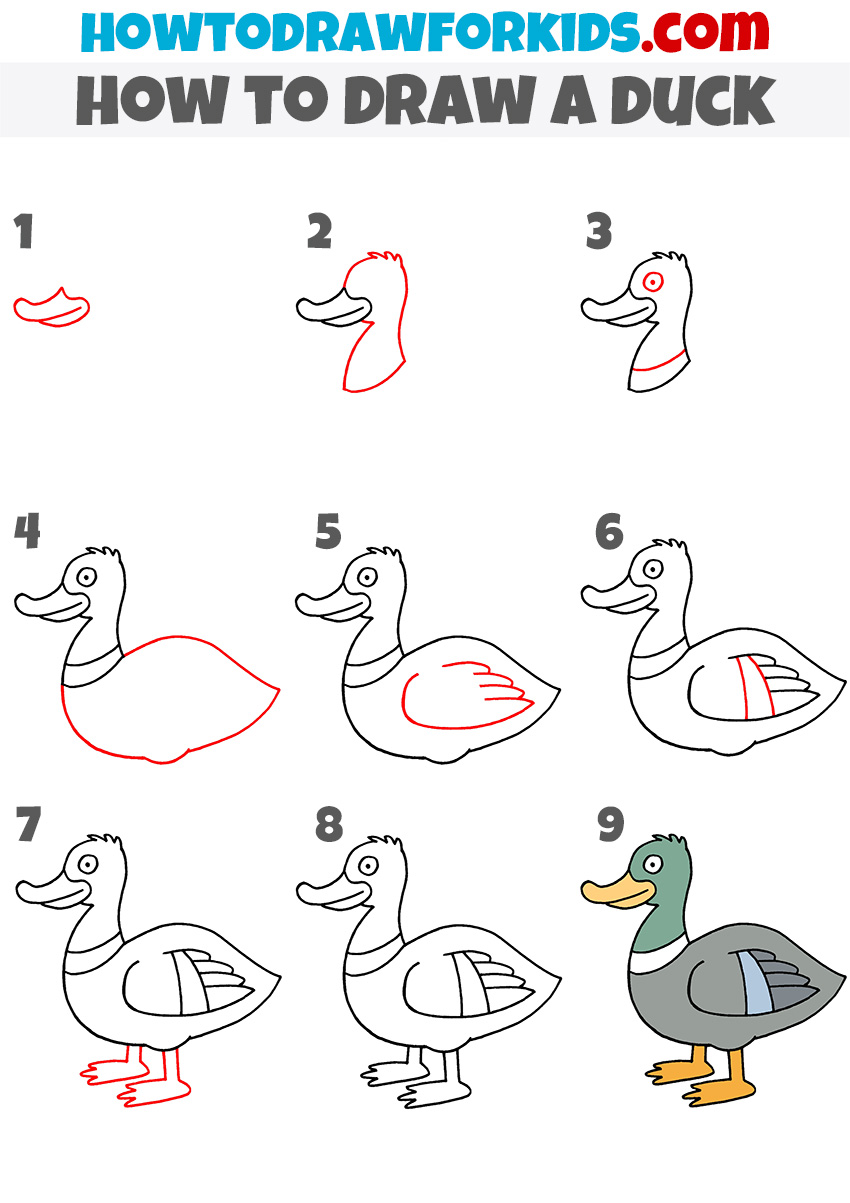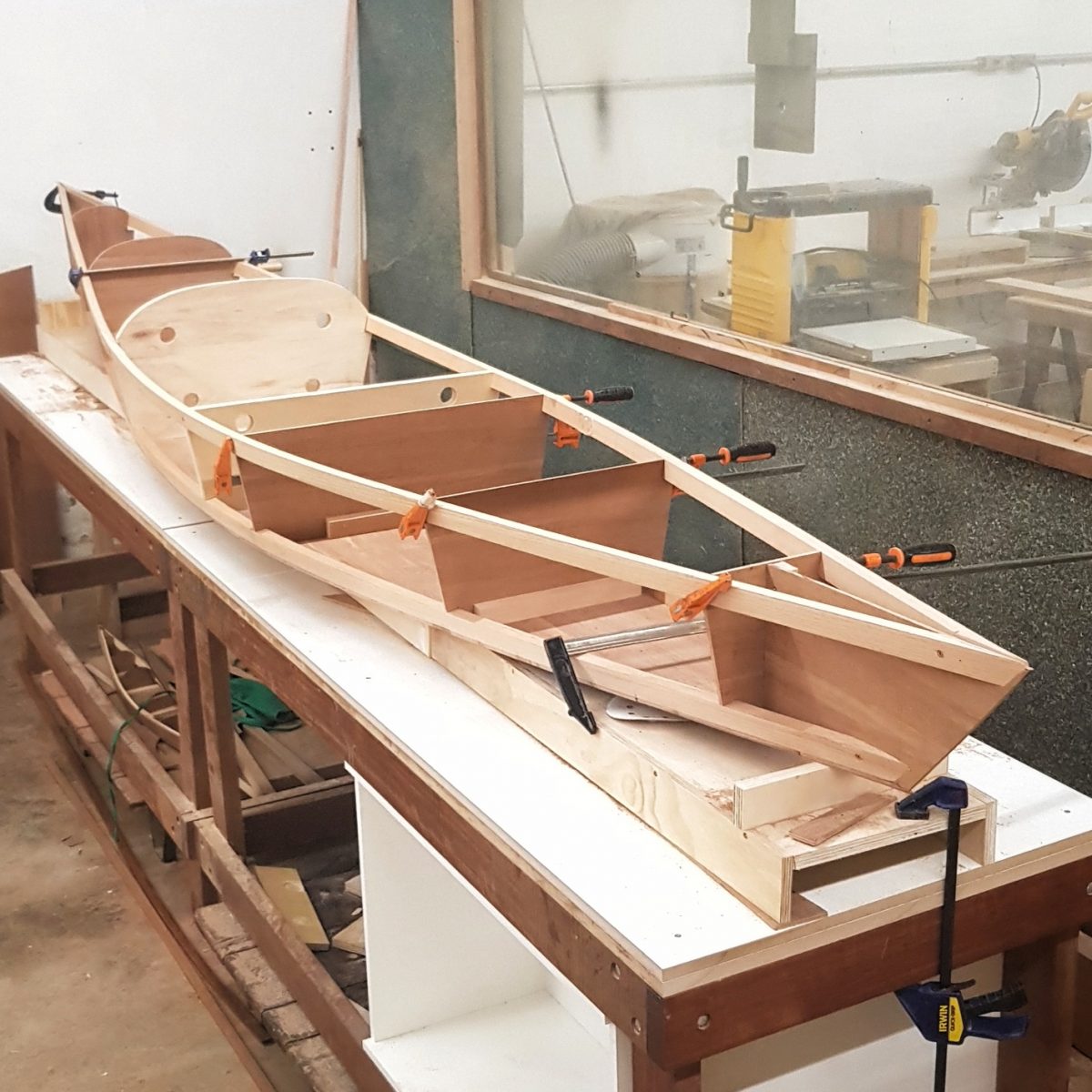
Row Boat Plans: Beyond the Blueprint â€" A DIY Deep Dive
Building your own rowboat is a rewarding challenge, blending woodworking skill with nautical dreams. But navigating the world of rowboat plans can feel overwhelming. This article delves beyond the typical "how-to" guides, exploring unconventional perspectives and offering fresh ideas for your DIY project.
Unconventional Materials: Rethinking the Rowboat's Core
Most plans focus on traditional wood. But what about alternative, more sustainable, or even readily available materials? Let's explore some rarely discussed options.
Q: Can I build a rowboat from recycled plastics?
A: Absolutely! While requiring more advanced techniques, using recycled HDPE (high-density polyethylene) plastics, like those from milk jugs, offers a surprisingly strong and buoyant option. Researching HDPE boat building techniques reveals some fascinating innovations, including using a honeycomb structure for added strength and lightness. This is more environmentally friendly than traditional lumber, and sourcing materials can be surprisingly cost-effective. Note however, the tooling and skillset required is significantly higher. Existing literature on plastic boat building is limited, requiring significant independent research and experimentation.
Q: What about using bamboo for a lightweight and sustainable build?
A: Bamboo's inherent strength and flexibility, combined with its rapid growth and sustainability, make it a compelling alternative. However, proper treatment against moisture is crucial. Finding detailed plans specifically for bamboo rowboats is challenging â€" expect significant experimentation and adaptation of existing wood plans. Consider looking into traditional boat-building techniques from cultures that have historically used bamboo. This presents a unique opportunity to blend traditional craftsmanship with modern DIY ethos.
Beyond the Plan: Design Innovation and Personalization
Generic plans often lack the room for personal expression. How can you infuse your own creativity into the process?
Story Time: The "Upcycled Oak" Rowboat
One hobbyist, let’s call him Mark, sourced reclaimed oak flooring from a local demolition site. The weathered wood provided a unique character, and the slightly irregular planks resulted in a rowboat with a distinct, rustic aesthetic. This approach didn't just save money; it yielded a one-of-a-kind vessel reflecting its creator’s commitment to sustainability and personalized design. This highlights the potential for creative reuse in boatbuilding, transforming discarded materials into something beautiful and functional.
Q: How can I incorporate modern design elements into a traditional rowboat?
A: Consider incorporating modern composite materials for reinforcing critical areas, using epoxy resins for enhanced waterproofing, or experimenting with innovative seating designs for added comfort. Even subtle design choices, like integrating custom oarlocks or adding a built-in storage compartment, can elevate your project. This balance of tradition and innovation is key to creating a personalized boat that's both functional and aesthetically pleasing.
Educational & Community Aspects: Learning and Sharing
Building a rowboat is more than just a project; it’s a journey of learning and community engagement.
Building a rowboat from plans is an enriching endeavor. By embracing unconventional materials, personalized design, and collaborative learning, you can transform a simple construction project into a uniquely rewarding and fulfilling experience. It's about more than just the final product; it's about the journey of discovery, creativity, and connection.



















